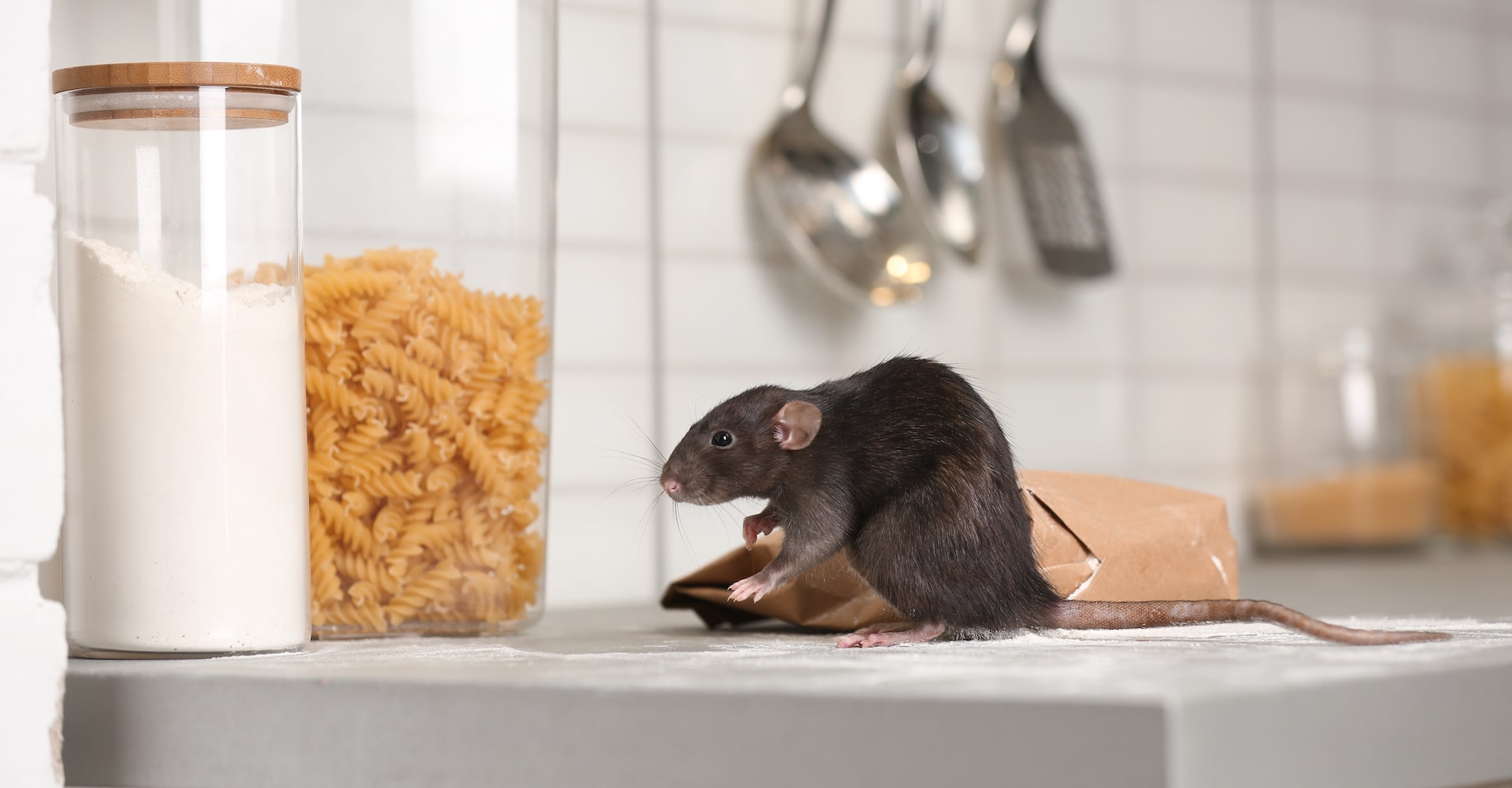Top Pest Prevention Tools for a Safe and Secure Home
Share
In today's world, where pests can seamlessly invade our homes, taking steps to limit their presence is essential. From rodents to various insects, these undesirable intruders not only create discomfort but also endanger our health and safety. Recognizing the best pest prevention tools is vital for protecting our living spaces and improving our quality of life. This article explores numerous methods and tools that can transform your residence into a pest-free sanctuary.
Utilizing the best pest prevention tools involves more than simply buying products. It requires understanding your surroundings, identifying the prevalent pests in your area, and strategically applying solutions that are both effective and sustainable.

Essential Tools for Pest Prevention
The marketplace is full of pest prevention options, but figuring out which tools are the most effective can be challenging. Here are some impactful choices worth considering:
Traps and Baits
Traps and baits serve as crucial instruments in the fight against pests. Classic mouse traps, for instance, have consistently demonstrated their effectiveness. When paired with the right bait, like peanut butter, these traps can significantly reduce mouse and rat populations in your home.
As for insect infestations, bait stations or gel baits can be remarkably efficient. These products contain chemicals that are gradually released over time, thereby systematically impacting pest populations without necessitating immediate evacuation.
Home Pest-Proofing Techniques
Sometimes, basic preventive measures can prove more practical than any other tool. Here are a few simple steps you can take:
Sealing Gaps and Cracks
Pests such as mice and roaches can easily exploit small openings around your homes structure. Sealing these entry points with caulk, weather stripping, and steel wool is essential. This not only blocks pest entry but also aids in conserving energy and maintaining a comfortable temperature in your home.
Proper Waste Management
Food waste is a major attraction for pests. Properly storing food and regularly disposing of garbage can greatly decrease the likelihood of drawing in pests. Utilizing a sealed container for composting and ensuring that recyclables are clean before disposal are additional excellent practices.
For further insights on sustaining a pest-free living space, check out this helpful article on DIY Pest Prevention Hacks.
Advanced Pest Prevention Tools
Embracing technology in pest prevention is a trend that is increasingly gaining traction. Advanced tools, such as electronic repellents and smart traps, provide modern solutions to age-old challenges.
Electronic Repellers
These devices emit ultrasonic sound waves to deter pests. Although opinions on their effectiveness vary, many homeowners report success in using these gadgets against both insects and small rodents.
Integrated Pest Management (IPM)
Integrated Pest Management takes an environmentally friendly approach by combining multiple management practices. It focuses on long-term prevention through techniques such as biological control, habitat manipulation, and cultural modification.
For more insights into effective methods, explore [this informative article](https://engineeringontheedge.com/effective-pest-control-techniques-for-homeowners/) on pest control from an engineering perspective.
Natural Solutions and Their Role
The pursuit of organic and natural pest control methods is commendable and aligns well with sustainable living. For example, essential oils like peppermint and tea tree oil have shown effectiveness in repelling common pests.
Additionally, growing herbs such as basil and mint in your garden or around your home can serve as a natural deterrent for many insects.
FAQs on Pest Prevention
- What if my traps are ineffective? Consider reassessing the placement and type of bait used in your traps. Ensure they are set in high-traffic areas frequented by the pests you are trying to capture.
- How often should I replace pest control products? Depending on the type of product, its generally advisable to replace them according to the manufacturers guidelines, typically on a monthly or bi-monthly basis.
- Are natural repellents as effective as chemical ones? While chemical solutions often yield rapid results, natural alternatives provide a safer, though sometimes slower, solution.

Conclusion
Aiming for a pest-free home may seem like a daunting endeavor, but with the right mix of strategies and tools, it is certainly achievable. By blending traditional and innovative pest prevention solutions, homeowners are equipped to create an unattractive environment for pests, ensuring their homes remain safe and tranquil.
This article contains affiliate links. We may earn a commission at no extra cost to you.
